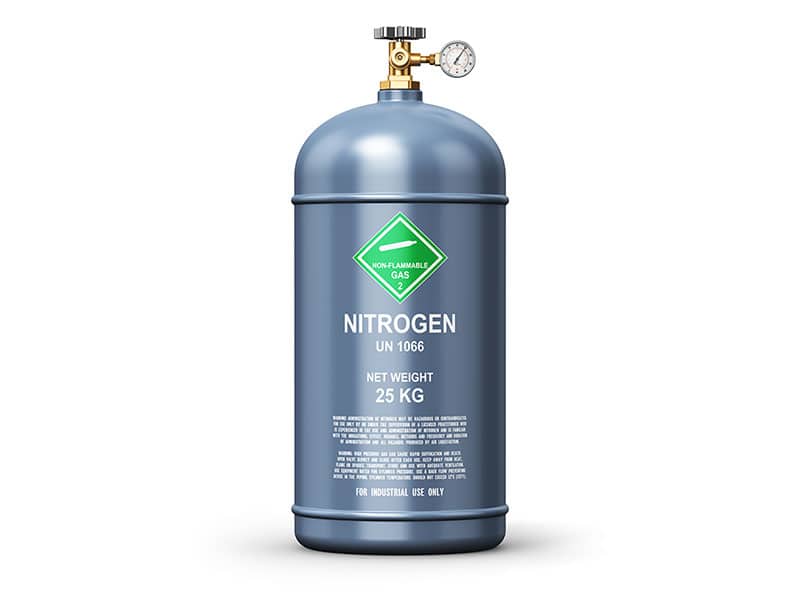
Why is Nitrogen used in Aerospace?
Nitrogen is an inert gas, meaning it will not support combustion when exposed to extreme temperatures, flammable compounds, or even a flame source and will not react in ways that could degrade materials. Nitrogen is also an abundant gas, comprising 78% of the air that we breathe, making it readily available and inexpensive to secure. The inert quality of nitrogen makes it well-suited for use in aerospace applications, which involve highly flammable fluids as well as the construction of aircraft elements, where structural integrity is critical. Nitrogen ensures that operations and processes can be carried out safely without the risk of property damage, harm to personnel or production of defective components.
How are inert gases used in Aerospace?
The aerospace industry uses inert gases, such as nitrogen and argon, in aircraft operations as well as maintenance and repairs. Some common applications are:
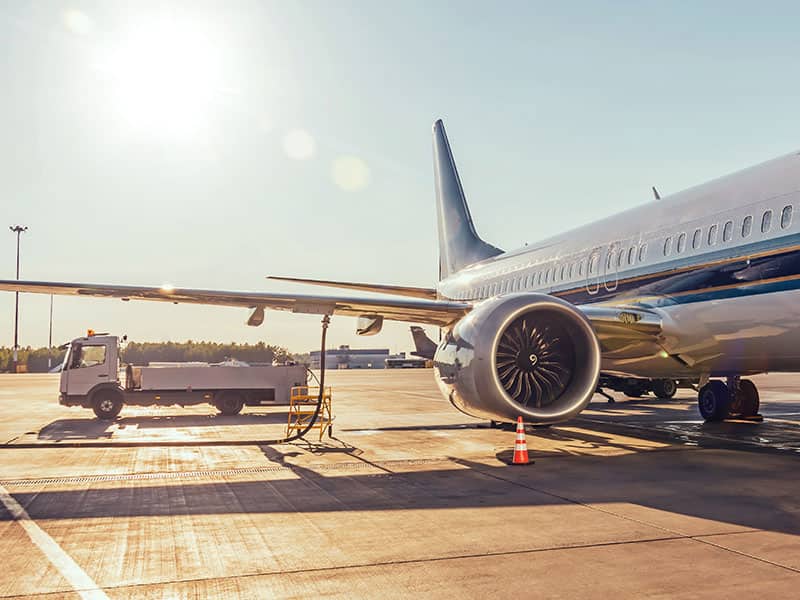
Inerting Fuel Tanks
Reducing the potential flammability of aircraft fuel tanks is a major concern in the aerospace industry and achieved through a technique called fuel tank inerting. The process involves filling the internal head space of the fuel tank with nitrogen gas. Creating the inert environment not only prevents a fire from starting within the fuel tanks, but it also prohibits moisture and other contaminants from causing oxidation and corrosion. Fuel tank inerting can be performed while the aircraft is in flight or on the ground.
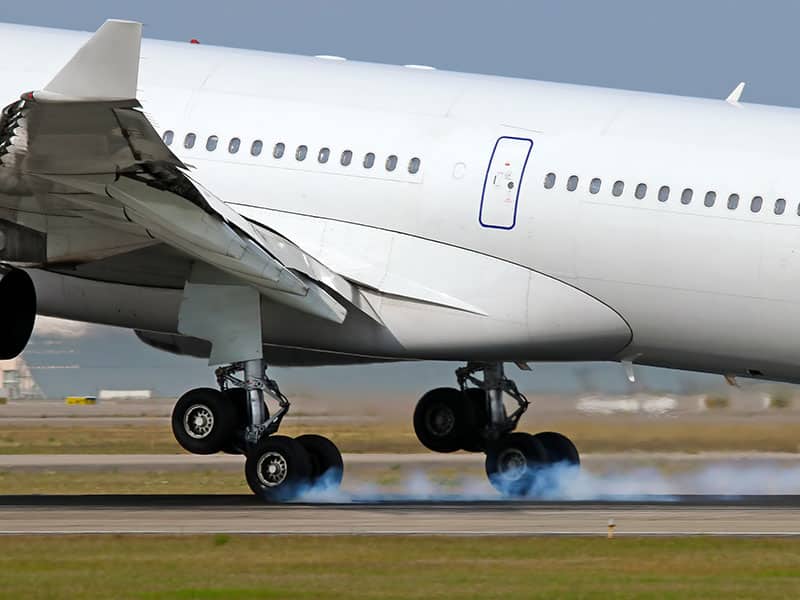
Operation of Oleo Struts
These are shock absorber structures, located on aircraft landing gear, to dampen the impact of landings. The strut design contains hydraulic oil and gas that is compressed during landing. The extreme pressure and heat can cause ‘dieseling’ of the hydraulic oil. By using an inert gas, like nitrogen, to serve as the compressed gas, aircraft operators can curtail this degradation of the hydraulic oil in the strut.
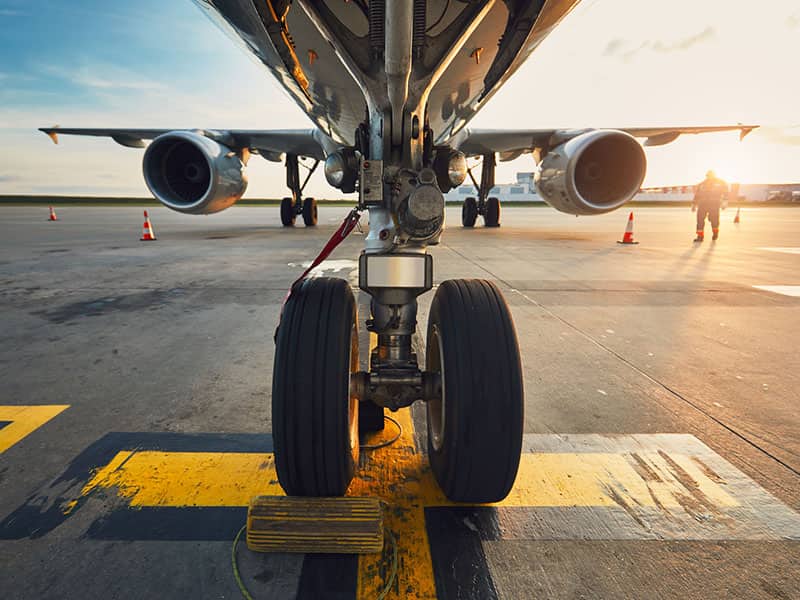
Tire Inflation
Aircraft operators use nitrogen to fill their tires. Unlike oxygen, which gradually leaks through the tire material and causes premature deflation, nitrogen gas is a better choice to maintain aircraft tire pressure within acceptable limits for longer periods. Nitrogen will also not oxidize the tire rubber and will not ignite from the heat transfer related to the aircraft braking. Many regulatory agencies that oversee aviation safety require the use of nitrogen for tire inflation.
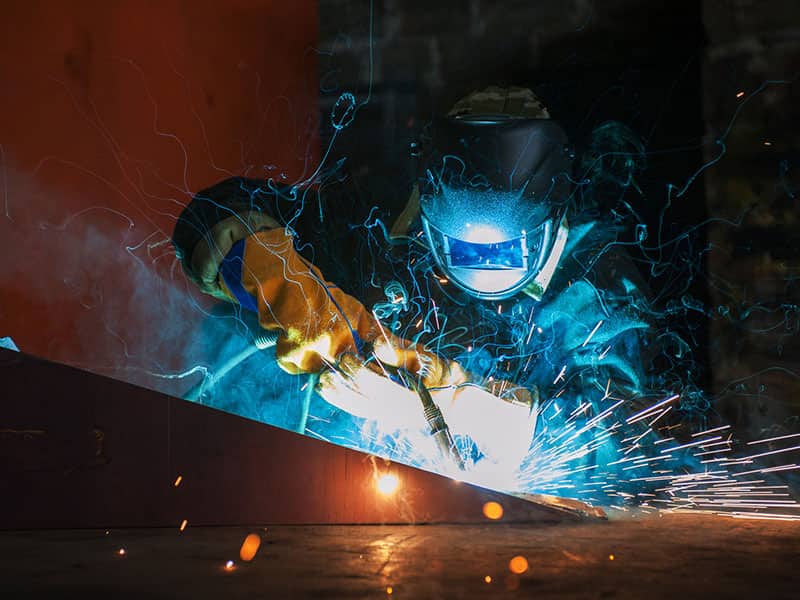
Welding Shield Gas
Aerospace construction, repair and maintenance require welding that is critical to the structural integrity and safety of the aircraft. A shielding gas is used to protect the molten weld pool from absorbing oxygen, hydrogen or other impurities in the air. Argon is commonly used as a shield gas, however other gases like helium can be used depending on the material and method of welding. Failure to use a proper shield gas of the correct purity can result in welds that are porous, brittle or have other defects that can jeopardize the safety of the aircraft.
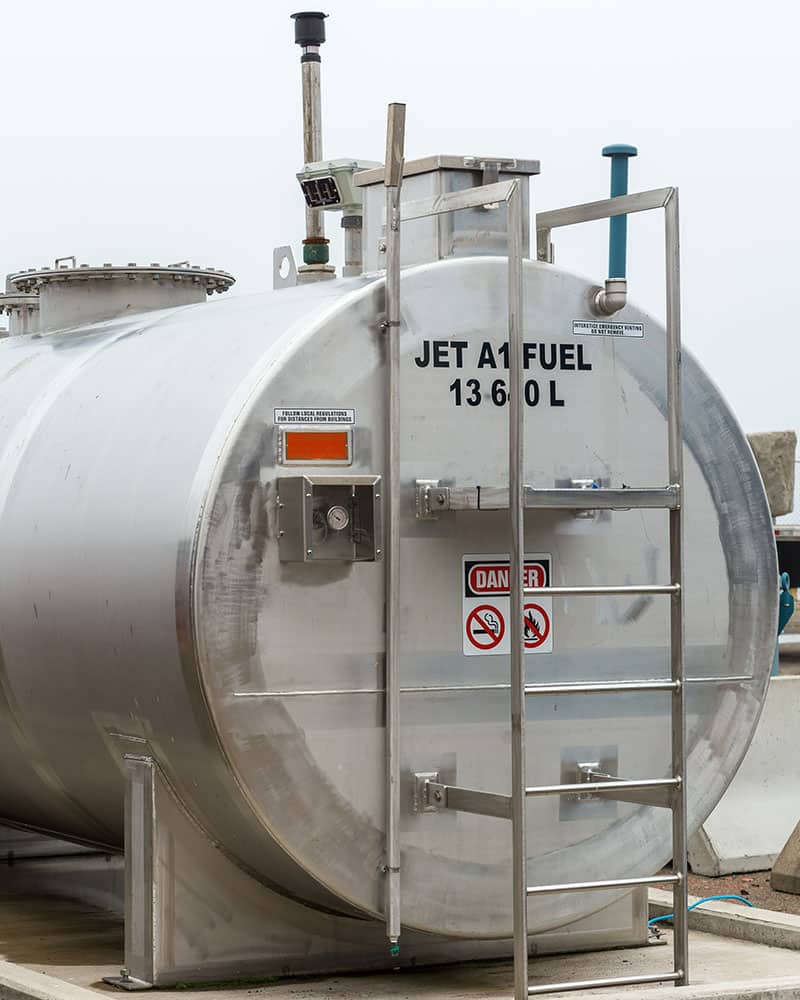
What is Nitrogen Blanketing?
‘Nitrogen blanketing’, known in other industries as ‘tank blanketing’ and ‘tank padding’, is the practice of filling the empty space at the top of a liquid storage tank with an inert gas. The inert gas will displace or significantly decrease the presence of oxygen in the tank. As the tank is drawn down, a tank blanketing system will automatically fill the vacant space.
Depending on what is stored in the tank, exposure to oxygen can facilitate product spoilage, increase hazardous risks, or shorten equipment life due to oxidation. The inert gas blanket serves as a protective layer to prevent the stored product from coming into contact with oxygen that may reside inside the tank. While any inert gas can be used in the process, nitrogen is widely chosen due to its availability and low cost.
In the aerospace industry, nitrogen-blanketing systems are used in tanks for aviation fuel. For tanks located on aircraft, ‘fuel tank inerting’ is used to protect in service aircraft as well as prevent accidental ignition during tank maintenance and repairs. Nitrogen blanketing would also be common in storage tanks for large quantities of aviation fuel at airfields.
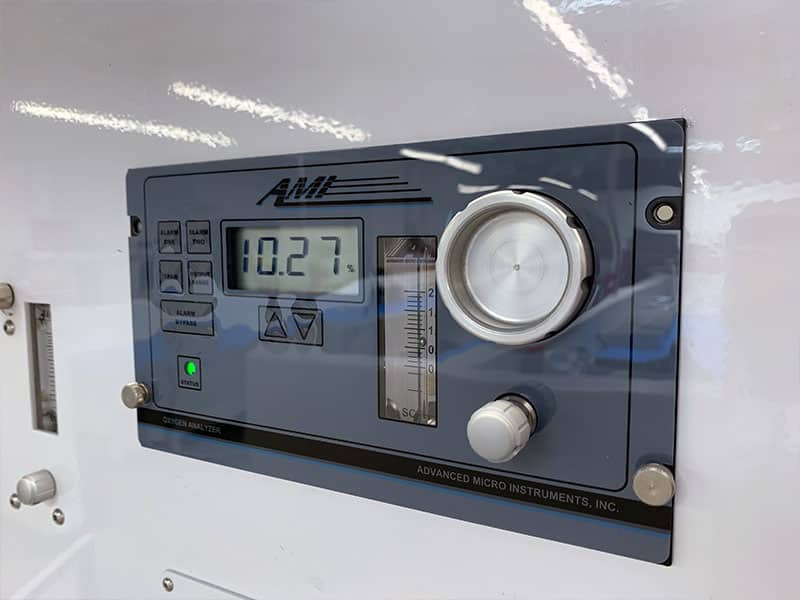
How is the Inert gas in a tank Managed?
When using inert gas in a tank blanketing application, there is typically a tank blanketing system to control the inert gas levels. There are a variety of changes in conditions that can require adjustments to the inert gas. These include fluid being added or removed from the tank or changes in temperature that can affect the vapor pressure of the gas. For nitrogen blanketing applications, the nitrogen can be moved into a tank or storage container by a continuous purge, pressure control or concentration control. The concentration control method offers more precise management of the nitrogen levels and requires installing the oxygen analyzer with a nitrogen generator. As more nitrogen gas is added, the nitrogen levels will increase, while the oxygen levels move in the opposite direction. By performing continuous measurements of the oxygen levels inside the tank, the settings on the nitrogen generator can be adjusted until the nitrogen levels meet the concentration targets.
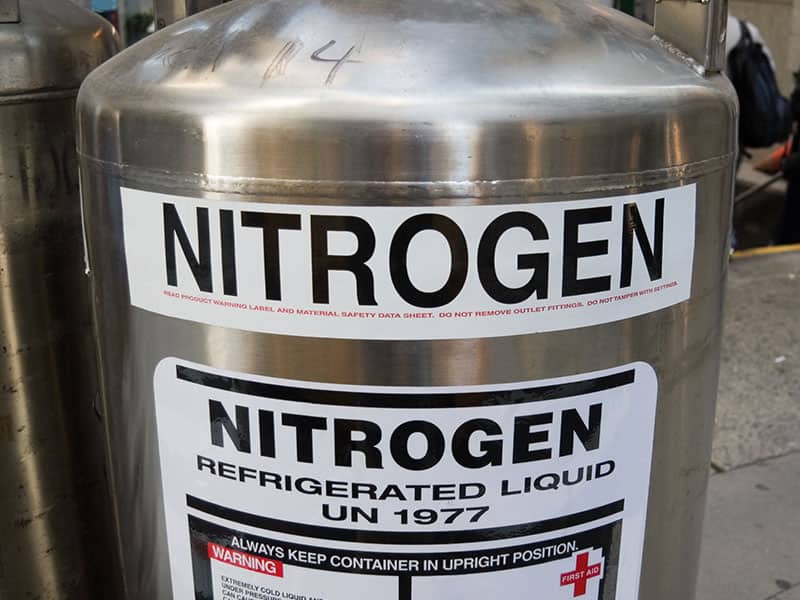
How to safely work with inert gases
Working with inert gas requires storing large amounts in cylinders, dewers or large bulk storage tanks. A leak in any of these can rapidly displace the concentration of oxygen in the area and drop it to unsafe levels. Personnel in the immediate vicinity can experience difficulty breathing, and if they do not evacuate the area, will see their condition worsen until asphyxiation or death.
The installation and operation of an oxygen deficiency monitor will help safeguard employees while working near inert gas tanks. The monitor will detect when oxygen levels drop below safe levels and sound an alarm to warn personnel to quickly exit the location.







